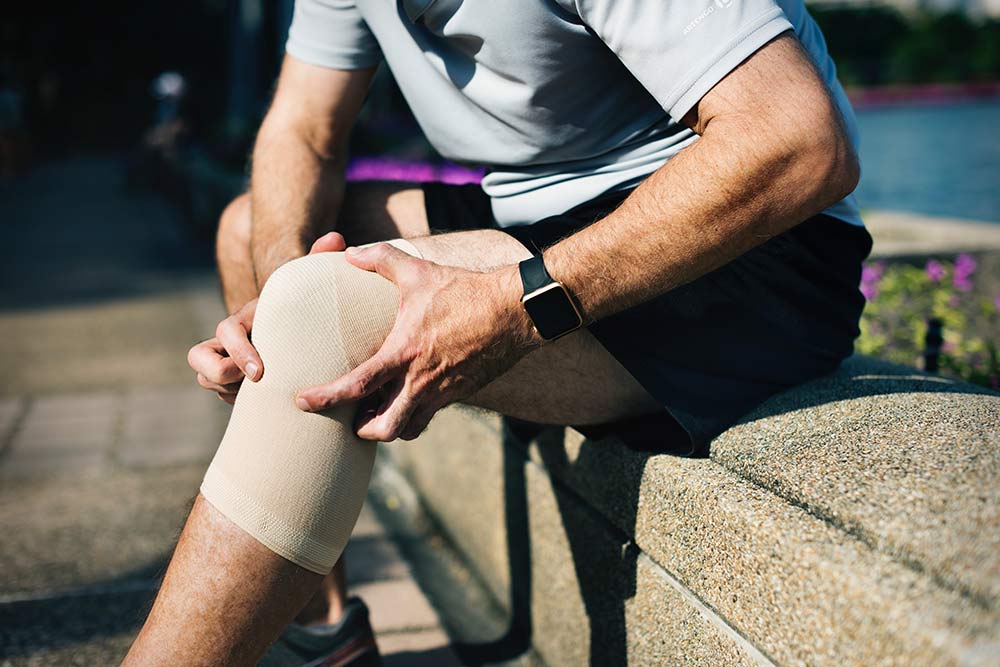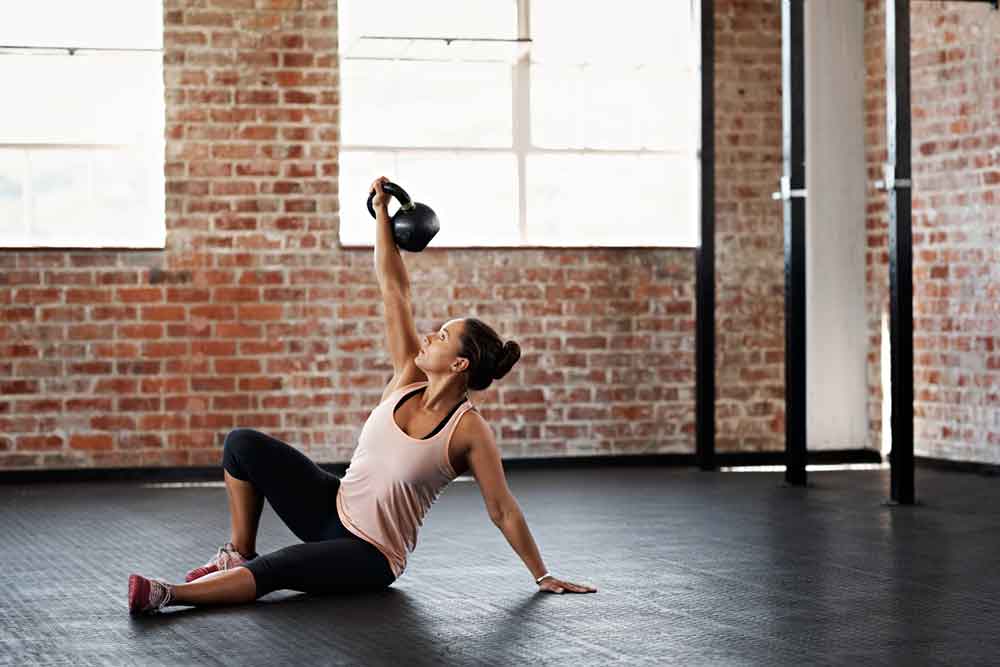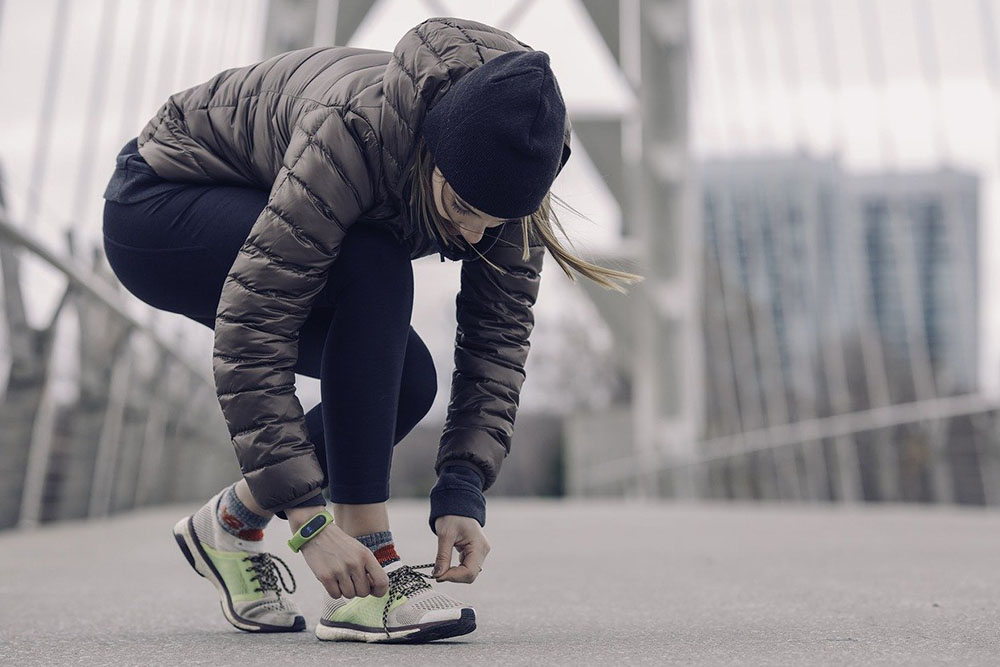Running Does Not Cause Arthritis

Ryan Cross, B.A. Hons (Kin), MScPT, FCAMPT
Registered Physiotherapist in Sarnia, Ontario, Canada
Physical changes happen to us as we age; it is a fact of life. For example, most people will develop wrinkles or grey hair. Similarly, degenerative changes or arthritis will also likely develop.
These physical changes affect some people worse than others. It has been said that we will pay later for the activities we participate in when we are younger. However, recent research is suggesting that this might not be the case; in fact, lack of activity might have a more negative affect later. A study published in the Journal of Orthopaedic and Sports Physical Therapy found that recreational runners had a lower risk of developing osteoarthritis (OA) in the hip and knee when compared to non-runners or sedentary individuals.
Now you can run knowing that in addition to all the other benefits of being active, you do not have to worry about developing arthritis. The information presented in this study supports the notion that “exercise is medicine.”
Related Article: Trigger Motion: Running Terms For Those New To The Game
The Study
The purpose of the study was to determine the association of running with hip and knee osteoarthritis (Alentorn-Geli et al., 2017). They also evaluated the influence of running intensity and years of exposure on this association. Alentorn-Geli et al, systematically reviewed articles to identify studies investigating the occurrence of OA of the hip and/ or knee among runners. In total, 25 articles met the final inclusion criteria for review and 17 of those articles were included in quantitative meta-analysis. After pooling all of these studies together, the analysis included 114 828 individuals. This is a significant number of individuals which can give us confidence in the results.
This study provides good news for runners. The results of the meta-analysis showed an overall prevalence of hip and knee OA was 13.3% in competitive runners, 3.5% in recreational runners, and 10.2% in sedentary controls. These results were true for both men and women. This means that recreational runners had a decreased chance of developing osteoarthritis in the hip or knee than non-runners or sedentary individuals. Furthermore, it highlights the importance of being active. Even though competitive runners had the highest chance of developing OA, it is only slightly higher than non-runners.
Amount Of Years Running Matter
Another factor the authors found that influences risk of developing OA was number of years running. It was concluded that running for less than 15 years was associated with a 3% chance of developing OA, compared to running for over 15 years was associated with a 17% chance. In one of the reviewed studies, it was determined that running for more than 57 miles (92 km) per week was associated with an increased chance of developing OA. Overall, the results from this study allow you to be confident that recreational running will not damage, and may actually improve your hip and knee joint health.
Related Article: Manage Chronic Pain With Exercise
Important Risk Factors
A limitation of this study was that very few of the reviewed studies accounted for risk factors such as obesity, occupational activities, and previous injury. These are important risk factors and should be managed properly when determining if running is right for you. A physical therapist can help assess if you are ready to start running and set you up for success.
Takeaway
The main take away from this study is that running will not harm your joints. If running is an activity that you really enjoy doing, you can now run without fear of developing osteoarthritis later on in life. Although this study focused on running and its association with OA, I believe that it gives us confidence to know that staying active is important part of living a healthy life. Enjoy your next run, your joints thank you!
Related Article: When You Should Go See A Physical Therapist
You Might Like:
4 Signs of Arthritis
Ryan Cross, Physiotherapist Most people know someone affected by arthritis or have symptoms of arthritis themselves. Often people will relate aches and pains to arthritis without even getting diagnosed. Arthritis is something that happens to...5 Ways to Get Rid of Shin Splints
Ryan Cross, Physiotherapist Pain related to “shin splints” is one of the most common ailments that athletes will complain about. Most runners have had a run-in with the dreaded shin splints at one time or...The Screening That May Predict Sport Injuries
Ryan Cross, Physiotherapist The risk of injury is present in all sports and activities. The cause of injury can sometimes be difficult to pin point because in most cases it is multifactorial. There are many...Training Factors to Improve Sprint Performance & Speed
Ryan Cross, Physiotherapist One of the most exciting events in the Summer Olympics has to be the 100 m sprint. The winner of this race is considered the fastest on earth. To get to this...7 Key Exercises To Prevent Shoulder Injuries
Ryan Cross, B.A. Hons (Kin), MScPT, FCAMPT Registered Physiotherapist in Sarnia, Ontario, Canada Have you ever had difficulty reaching up to the top shelf or doing an overhead lift? Most people have encountered a shoulder...Strength Training Can Improve Chronic Plantar Fasciitis
Ryan Cross, B.A. Hons (Kin), MScPT, FCAMPT Registered Physiotherapist Do you feel sharp pain on the bottom of your heel during the first few steps you take in the morning? Is heel pain limiting progression...Reference:
Alentorn-Geli, Eduard, et al. “The Association of Recreational and Competitive Running With Hip and Knee Osteoarthritis: A Systematic Review and Meta-analysis.” journal of orthopaedic & sports physical therapy 0 (2017): 1-36.













